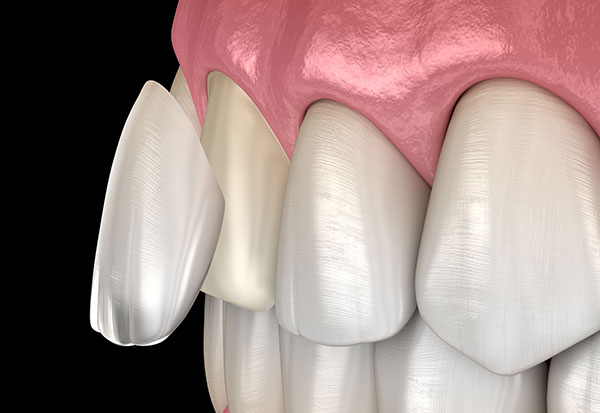Routine dental check-up
A routine dental check-up is important as it enables the dentist to assess the general health of your teeth and gums. Early signs of dental problems may be detected and treated at a manageable state.
During the dental check-up, our dentist will examine your overall dental condition and oral hygiene. Problems like tooth decay, cracked teeth, gum disease and old dental work which may be worn out and need replacement can be identified. Dental radiographs may be used to detect dental decay, and to examine the tooth root and bone structures covered by the gums and cheeks.
If there are signs of dental problems, our dentist will advise you on the steps to improve your oral health such as receiving dental scaling and polishing, dental fillings, topical fluoride application and braces treatment.
Scaling and polishing
Even with regular toothbrushing and flossing, there will be areas on the teeth in your mouth that are hard to reach and difficult to keep clean. In these areas, bacterial plaque can accumulate and may eventually mineralise to form calculus, commonly known as tartar. Dental plaque and tartar can cause a variety of dental diseases such as dental decay, gum bleeding, gum disease and swelling.
Dental plaque can be removed by toothbrushing and flossing, but the hardened tartar can only be removed by a dental professional through dental scaling. A dental scaling involves the removal of accumulated plaque and tartar deposits without damaging your teeth and gums. After the dental scaling, our dentist will polish your teeth to remove residual stains which may have been caused by coffee, tea, red wine or tobacco, and smoothen surface roughness.
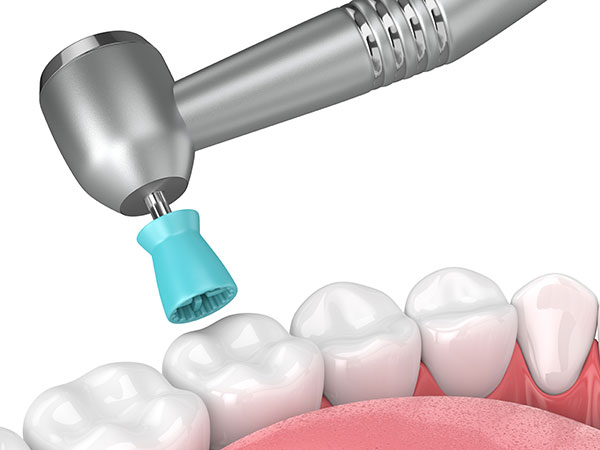
Getting your teeth cleaned by a dental professional regularly will help you maintain healthy teeth and gums. The recommended interval may be advised by the dentist.
Tooth extraction
Tooth extraction is necessary when a tooth is excessively decayed or cannot be treated with filling, crowning or other forms of treatment. Patients receiving braces treatment may also need tooth extraction to create space for alignment of the teeth.
Before tooth extraction, our dentist will take a radiograph of your tooth to evaluate the internal aspects of the tooth, root and bone surrounding it. Depending on the visibility, accessibility and impaction status, the tooth extraction may either be a simple extraction or may require surgical extraction. A simple extraction involves the removal of a tooth that can be seen and accessed in the mouth. Surgical tooth extraction is a more complex procedure which involves the removal of a tooth that is not visible or not accessible in the mouth, either because it has not erupted or because the tooth has broken off.
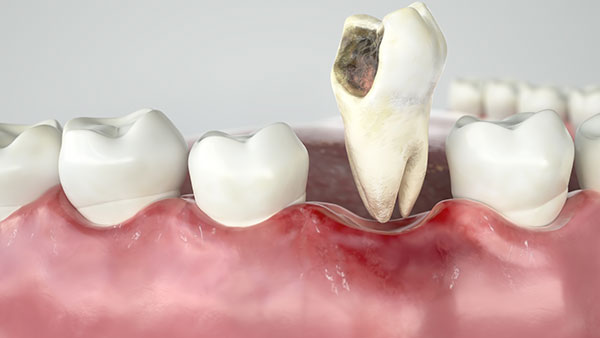
Teeth whitening
Teeth whitening is a non-invasive procedure to brighten and whiten discoloured teeth for a sparkly smile.
There are several factors that can affect natural teeth colour. Among these factors are:
- Smoking
- Ageing, as the enamel gets thinner and the dentine appears darker
- Frequent consumption of coffee, tea, soft drinks, red wine and pigmented foods
- Accumulation of plaque or tartar deposits
- Excessive usage of fluoride products during early childhood
- Treatment with tetracycline antibiotics as well as chemotherapeutic drugs
- Trauma to the teeth that may cause a brown, grey or black colour
Teeth whitening is effective in removing most stains on natural tooth structure. It is however not effective on cosmetic dental restorations such as tooth-coloured fillings, metal or porcelain crowns. You are recommended to consult a dentist before undergoing any teeth whitening procedures.
Our dentist will assess your suitability for teeth whitening treatment and provide you with more information on the types of whitening procedures, their duration and frequency of treatment.
At Dental@TTSH, we offer two types of whitening procedures:
In-office Whitening
In-office whitening is carried out by the dentist at the dental clinic. It usually takes around an hour to complete. Our dentist will apply the whitening gel on the front surfaces of your teeth that are visible in your smile line. The activated whitening gel may be applied 2 to 3 times throughout the session depending on the state of discolouration of your teeth. The outcome may be achieved at the end of treatment. Results may vary depending on individual tooth structure.
Take-home Whitening KitThis procedure is done at your convenience at home and requires at least two clinical visits. During your first visit, our dentist will take impressions of your teeth which are then used to create customised whitening trays. At the second visit, you will be given the trays and syringes of bleaching gel and taught the method for use. The home whitening process is gradual, over a few weeks, because the take-home whitening kit has a lower concentration of whitening agent than the in-office whitening. Consequently, this kit is gentler to your teeth.
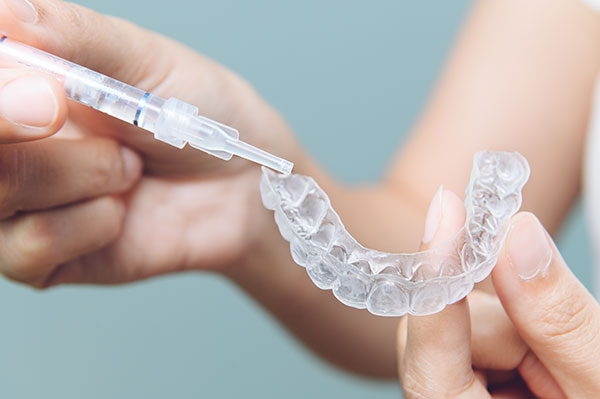
The persistence of teeth whitening outcome depends on your lifestyle and dietary habits. Smoking or frequent consumption of coloured foods or drinks may cause your teeth to darken with time.
Fillings
A dental filling is a restoration in which restorative material is applied to the patient's tooth to repair damaged or decayed tooth structure. A filling can also be placed on tooth that is chipped or worn down to restore function and shape for better biting or chewing.
There are various types of dental fillings available. Depending on your needs and preferences, our dentists will recommend the most appropriate dental filling for you:
- Silver fillings (amalgams) are made of a combination of metals such as silver, copper, tin and mercury. They are durable and at lower cost when compared to other types of fillings. However, due to their silver appearance, they are more noticeable from the rest of your natural tooth structure.
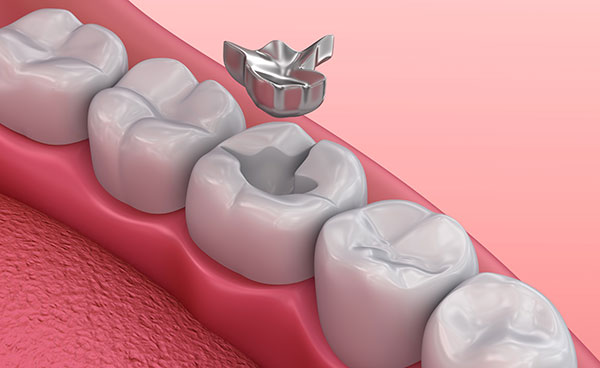
- Composite resin fillings are plastic filling materials that can be matched to blend in with the tooth's natural colour. They are known as tooth-coloured fillings, thus providing more natural appearance.
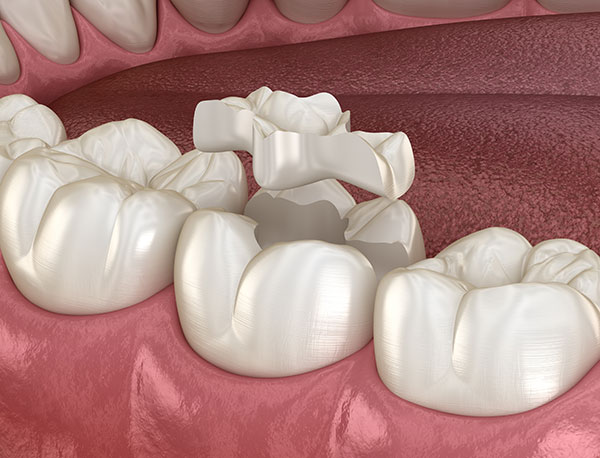
- However, they are not as durable as silver fillings (amalgams) and are prone to staining from coffee, tea or tobacco.
- Porcelain fillings are durable, suitable for larger cavities and for teeth that have fractures. They are more resistant to staining and are particularly desirable because their colour and translucency can be matched to the natural tooth. Porcelain fillings are custom made in a laboratory and then cemented onto the tooth.
- Gold fillings are called inlays or onlays. They are produced in a laboratory and then bonded to the tooth. They are made from a mixture of gold, copper and other metals. This type of dental filling is considered the most durable, at times lasting for more than 20 years if well maintained. It is also the pricier option and requires more than one visit for completion.
Dentures
A denture is a removable prosthesis for replacing missing teeth. It is usually made from acrylic plastic or a combination of plastic and cobalt chromium metal. A good denture not only improves the appearance of a smile, it also helps you to eat and speak comfortably.
There are two main types of dentures, complete or full dentures and partial dentures. Complete or full dentures are used when all natural teeth, in either the upper or lower jaw, or both jaws, are missing. Partial dentures are used to replace one or several missing teeth.
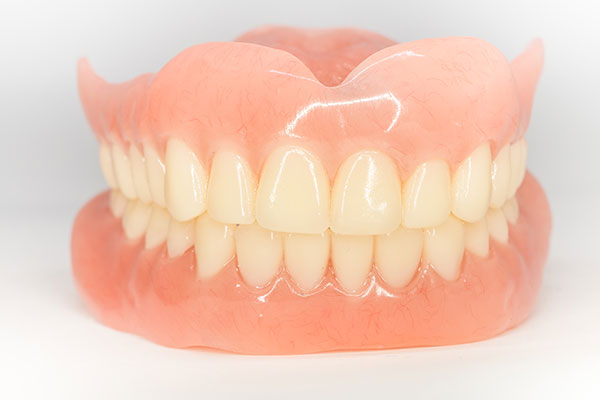
Denture fabrication requires about five to six clinical visits, depending on the type of denture you require. During the first visit, our dentist will do a comprehensive oral examination and take dental radiographs, if necessary, of your teeth and jaw to assess your suitability for denture treatment.
Subsequent visits will entail:
- Taking measurements and dental impressions
- Bite registration
- Try-in of the trial denture
- Issue of the definitive denture
- Follow-up review
Each appointment is scheduled 2 weeks apart. It may take up to 12 weeks to complete a full denture.
Although a denture is custom-designed for the individual, most individuals will need a period of adjustment and time to adapt to wearing a denture. Some common adjustments and soft tissue adaptation include:
-
Speaking: You may have difficulty pronouncing certain words. This is completely normal, and with some practice like reading out loud and repeating difficult words, tongue posturing may be modified.
-
Eating: Start off with soft foods or small pieces of food that are easy to chew. When you are comfortable eating with your new denture, include other foods until you resume your usual healthy and balanced diet.
-
New Sensations: When the new denture is inserted, you may feel awkward and uncomfortable because the muscles of your cheeks and tongue are not used to the prosthesis. The cheek and tongue muscles will have to be trained to retain the denture and keep it in place. Excessive saliva flow is also expected. You can clear the excess saliva by swallowing gently. Minor irritation and soreness caused by surface irregularities or pressure spots on the denture-bearing areas are common. If persistent, visit our dentist to have your denture reviewed for function and further adjusted.
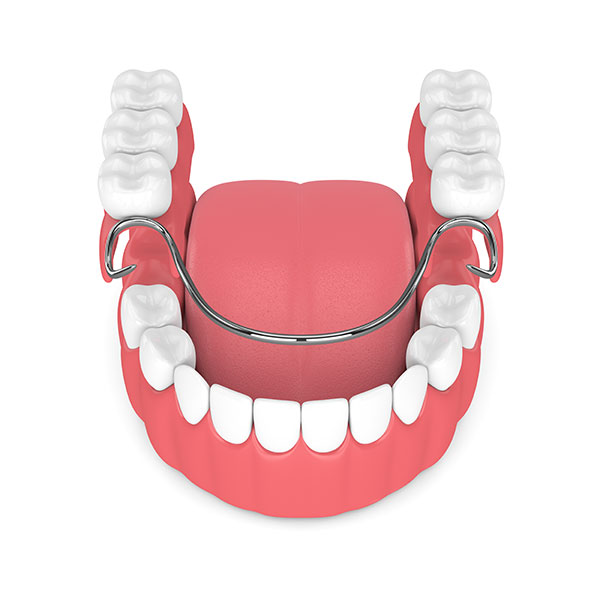
Here are some tips for caring for your denture:
-
Remove your denture at night before you sleep and soak it in a glass of water. Do not put the dentures in hot or boiling water as it may warp.
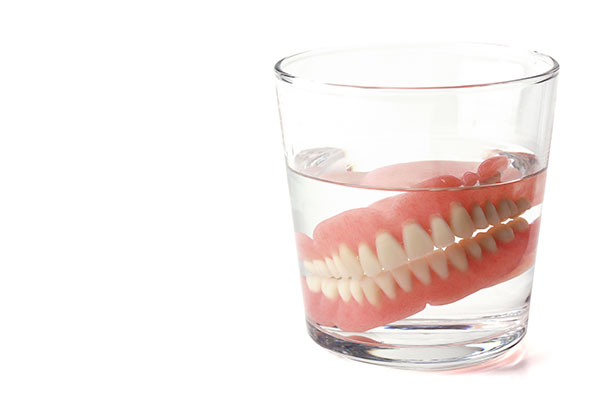
-
Remove and rinse your denture after every meal to remove food debris and other loose particles.
-
Brush and clean your denture daily to remove any food deposits and plaque. Use a soft-bristled brush or a specially-designed brush and cleanser for denture. Avoid using strong cleansers or harsh toothpastes, as these are too abrasive and can damage your dentures.
-
Clean your mouth before inserting your denture. Use a soft-bristled toothbrush to brush your teeth, gums, tongue and palate.
-
Visit your dentist if your dentures break, chip, crack or become loose. Avoid adjusting the dentures on your own as it may distort the structure and make the denture unsuitable for further use.
Crowns
A dental crown, also known as a 'cap', is a restoration that is placed over a tooth in order to restore its size, shape, colour and function.
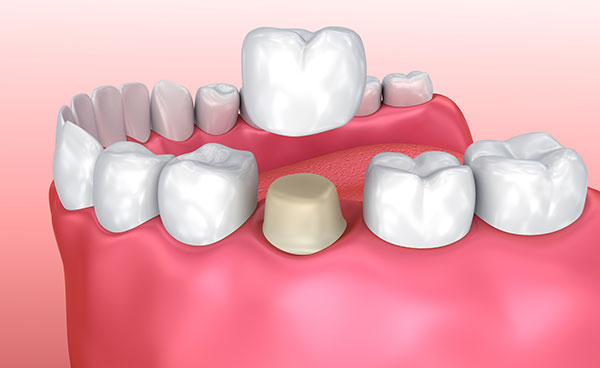
There are four types of materials used for dental crowns: full porcelain, porcelain fused to metal, gold alloys and zirconia. These materials can maximise strength and simulate the appearance and colour of natural teeth.
A dental crown can be used in the following situations:
- To reinforce a tooth with a large filling, when there is poor tooth cusp support
- To protect a weak tooth, such as a previously badly decayed tooth, from fracturing during function
- To improve a tooth's appearance, shape, alignment and dental occlusion (bite)
- To cover a dental implant
Preparing a tooth for a crown usually requires three clinical visits. On the first visit, our dentist will do a comprehensive oral examination and take dental radiographs, if necessary, of your teeth, to assess the suitability of your tooth for a crown. Other preparatory works may also be instituted. If the tooth receiving a crown has had prior extensive decay and encounters the risk of infection or injury to the tooth's pulp, a root canal treatment may first be performed.
On the second visit, for tooth preparation, the tooth receiving a crown is shaped with dental burs to make room for the crown to be fitted. An impression of the tooth is then taken and sent to the dental laboratory for customized crown fabrication. A temporary crown is made to cover and protect the reshaped tooth while the definitive crown is being made.
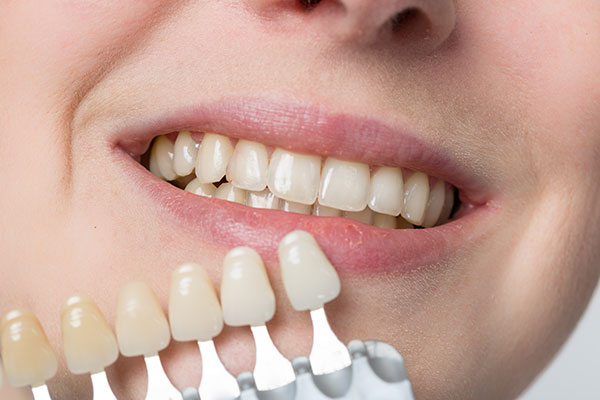
On the third visit, our dentist removes the temporary crown and checks the fit of the definitive crown. If the fit and colour of the definitive crown are satisfactory, the crown will be cemented onto the tooth.
The dental crown can last for a long time with good oral hygiene practices and dietary modifications. Keep your gums and teeth healthy by twice daily brushing and regular flossing. Avoid hard food. It is important to schedule regular dental visits to your dentist for check-ups and professional dental cleaning.
Bridge
A dental bridge is a restoration option to replace one or more missing teeth by attaching an artificial tooth to adjacent natural teeth or dental implants. A dental bridge is usually made from metal alloys, porcelain or a combination of these materials.
There are two main types of dental bridges:
-
Conventional bridge
It consists of two crowns joined to an artificial tooth that is meant to replace the missing tooth. Conventional bridge can be used when patients have natural healthy teeth on both sides of the gap created by the missing tooth. The healthy neighbouring teeth are prepared with dental burs to create space and a suitable path of insertion for the bridge, and the custom made bridge unit will be placed onto these supporting structures.
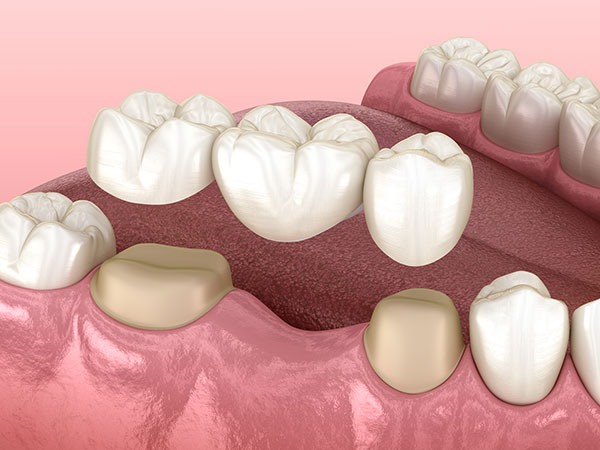
-
Resin-bonded bridge
It is a conservative approach compared to a conventional bridge, as it only requires minimal preparation on the inner surfaces of the neighbouring healthy teeth. This bridge features an artificial tooth in the centre and two wings on both sides to bond to the inner surfaces of the neighbouring supporting teeth.
Our dentist will assess the number of missing teeth, the condition of the neighbouring teeth, and the supporting gums and bone structure prior to advising you on the suitability of a bridge.
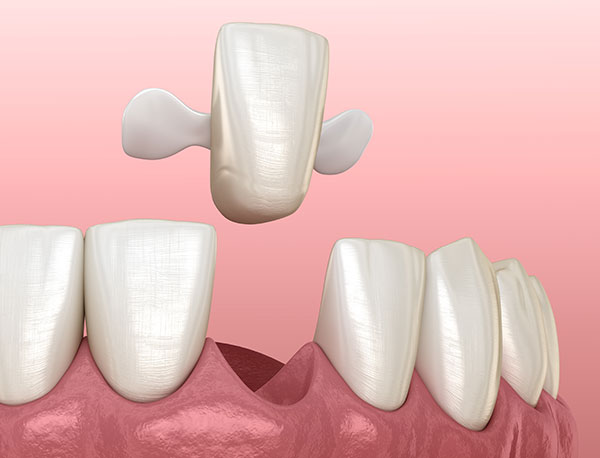
A dental bridge will require at least two clinical visits. During your first visit, our dentist will trim the supporting teeth under local anaesthesia and take a dental impression for a mould to fabricate the bridge. While the bridge is being fabricated, a temporary prosthesis will be provided. At the second visit, our dentist will remove the temporary prosthesis and cement the definitive bridge onto the supporting teeth.
Maintenance care for a bridge requires diligent twice daily brushing and regular flossing. It is necessary to clean underneath the bridge using floss with threader. Regular check-ups, as advised by our dentist, are essential too.
Veneers
Veneers are thin, custom made shells crafted from tooth-coloured materials to fit over the visible front surfaces of teeth. These shells are often made from porcelain or plastic resin materials and are bonded to the front surfaces of the teeth.
Dental veneers can make teeth look natural, thus improving overall appearance and aesthetics of teeth. They may be used to fix:
- Discoloured teeth, caused by root canal treatment, stains from medications, fluorosis or presence of large composite resin fillings
- Worn down, chipped or broken teeth
- Misaligned, uneven or irregularly shaped teeth
- Minor gaps between teeth
Getting a dental veneer typically requires two clinical visits. During your first visit, our dentist will examine your teeth to determine if dental veneers are the appropriate solution for you. Good quality enamel and satisfactory gum health are required for successful bonding of a dental veneer to your tooth.
A thin layer of enamel from the tooth surface may need to be removed and prepared in order to fit the veneer onto the tooth. After that, an impression of the tooth is made, and the mould sent out to a dental laboratory for veneer fabrication.
At the second visit, the veneer is checked for fit and colour before definitively bonding it to the tooth, using specific light activated bonding agents.
